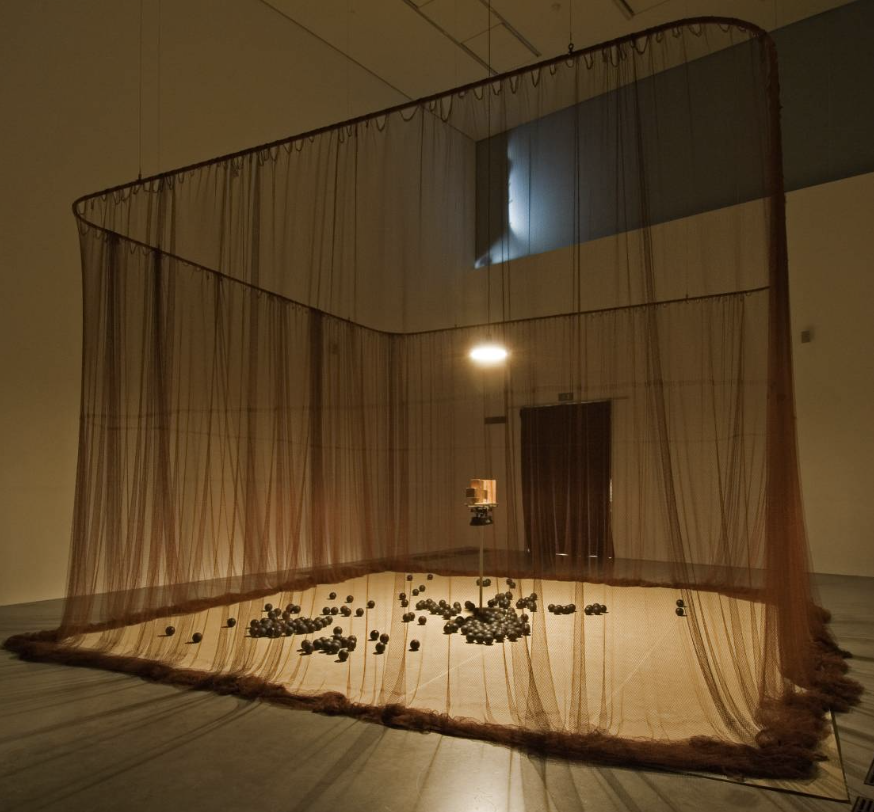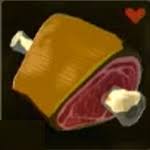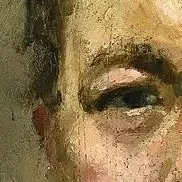Here’s the summary from the Tate Modern Art Museum (available here https://www.tate.org.uk/art/artworks/meireles-babel-t14041). I have modified some of it to read easier, and supply context.
Babel is a large-scale sculptural installation that takes the form of a circular tower made from hundreds of second-hand analogue radios that the artist has stacked in layers. The radios are tuned to a multitude of different stations and are adjusted to the minimum volume at which they are audible. Nevertheless, they compete with each other and create a cacophony of low, continuous sound, resulting in inaccessible information, voices or music.
In describing this work, Meireles refers to a tower of incomprehension. The installation manifests, quite literally, a Tower of Babel, relating it to the biblical story of a tower tall enough to reach the heavens, which, offending God, caused him to make the builders speak in different tongues. Their inability to communicate with one another caused them to become divided and scatter across the earth and, moreover, became the source of all of mankind’s conflicts. The room in which the tower is installed is bathed in an indigo blue light that, together with the sound, gives the whole structure an eerie effect and adds to the sense of phenomenological and perceptual confusion. The radios are all of different dates, the lower layers nearest the floor being composed of older radios, larger in scale and closer in kind to pieces of furniture, while the upper layers are assembled from more recent, mass-produced and smaller radios. This arrangement emphasises the sense of perspectival foreshortening and thus the impression of the tower’s height, which, like its biblical counterpart, might continue into the heavens.
The artist has explained that the work took over ten years to complete from initial conception to its realisation:
Babel began in 1990 on Canal Street, in New York. There were eleven years of notes before I finally realised the work in 2001, in Helsinki, at the Kiasma Museum of Contemporary Art. Upon observing the quantity and diversity of radios and all the different types of sound objects that were sold around Canal Street, I thought of making a work with radios. Radios are interesting because they are physically similar and at the same time each radio is unique.
The title and themes of Babel also relate to one of Meireles’s most important and ongoing influences, the Argentinean writer Jorge Luis Borges (1899–1986). Borges’s fiction also provides one of the key references for another major work by Meireles in Tate’s collection, Eureka/Blindhotland 1970–5 (Tate T12605),

which draws on Borges’s short story ‘Tlön, Uqbar, Orbis Tertius’,
Told in a first-person narrative, the story focuses on the author’s discovery of the mysterious and possibly fictional country of Uqbar and its legend of Tlön, a mythical world whose inhabitants believe a form of subjective idealism, denying the reality of objects and nouns, as well as Orbis Tertius, the secret organization that created both fictional locations. Relatively long for Borges (approximately 5,600 words), the story is a work of speculative fiction. (https://en.wikipedia.org/wiki/Tlön,_Uqbar,_Orbis_Tertius)
first published in 1940. A further connection between the two works is their use of sound as a sculptural and perceptual element. Here, however, Meireles has borrowed a symbol that is central to Borges’s writing. In his story ‘The Library of Babel’, originally published in 1941, Borges described a universe in the form of a vast or conceptually complete library that has its centre everywhere and its limits nowhere. This corresponds to Meireles’s interest in expanded notions of space and of infinity, in an excess of perceivable information and the processes of cognition.
The curator and writer Moacir dos Anjos has also related Babel to another of Borges’s stories, ‘The Aleph’ (1945), which describes a point where all places in the universe can be seen from every angle. Dos Anjos makes links between Meireles’s work and Borges’s story, suggesting that both question the ‘rigid codes’ that govern our perception of the world and ‘that are unable to grasp the fluidity with which the body traverses and experiences it’ (Moacir dos Anjos, ‘Where All Places Are’, in Tate Modern 2008, p.170). Dos Anjos suggests that the presentation of informational overload in Babel can be seen as a metaphor ‘for the intricate relations between distinct nations and communities’ which insists on ‘recognising the existence of a territory with uncertain boundaries, one that accommodates multiple oppositions and produces the multiple contamination of cultural expressions previously separated by geographical and historical injunctions’ (dos Anjos 2008, p.173).
Tanya Barson May 2011


Yes, and you can see it for free at
Tate Modern, Bankside, London SE1 9TG, United Kingdom